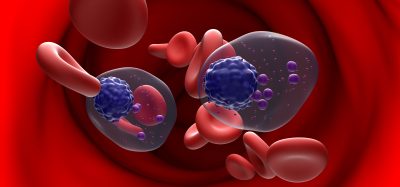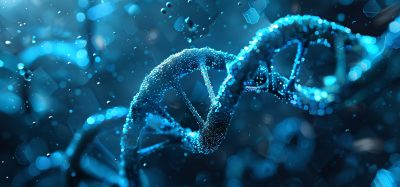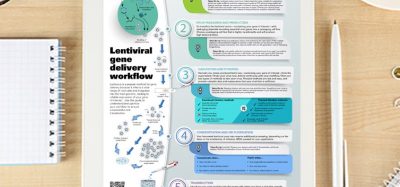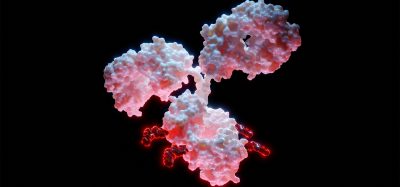Ultrasound-guided microbubbles boost immunotherapy efficacy
Posted: 1 June 2022 | Ria Kakkad (Drug Target Review) | No comments yet
Researchers have developed an immunotherapy platform to improve both antitumor immune responses and responses to checkpoint inhibitors
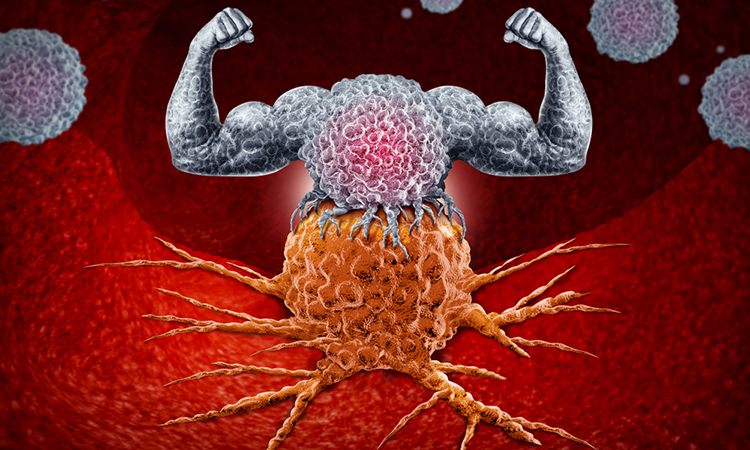

Researchers at the University of Texas MD Anderson Cancer Center, US, have developed an ultrasound-guided cancer immunotherapy platform that generates systemic anti-tumour immunity and improves the therapeutic efficacy of immune checkpoint blockade. The findings from the preclinical study were published recently in Nature Nanotechnology.
As the first-of-its-kind platform, the Microbubble-assisted UltraSound-guided Immunotherapy of Cancer (MUSIC) approach employs nanocomplexes combined with microbubbles to effectively deliver cyclic guanosine monophosphate-adenosine monophosphate (cGAMP), an immunotransmitter involved in anticancer immunity, into antigen-presenting cells (APCs). Inside the APCs, the microbubbles release cGAMP to activate the GMP-AMP synthase (cGAS)-stimulator of interferon genes (STING) pathway, which stimulates type I interferon responses that are essential for priming tumour-specific T cells.
In the preclinical study, the MUSIC strategy demonstrated a complete tumour eradication rate of 60 percent when administered as monotherapy in breast cancer models. When combined with an anti-PD-1 antibody, MUSIC significantly improved antitumor responses with minimal toxicity effects, including enhanced primary tumour control and decreased systemic disease progression. In addition, the combination therapy demonstrated superior survival benefit, with a 76 percent increase in median survival compared to either therapy alone.
“By investigating the mechanisms of action in producing a robust STING activation, we identified a new strategy to activate both the innate and adaptive antitumor immune responses,” said Dr Wen Jiang, the study’s co-senior author. “Our findings show that the MUSIC strategy is capable of paving the way toward novel image-guided strategies for targeted cancer immunotherapy.”
Natural agonists, such as cyclic dinucleotides, activate the cGAS-STING pathway, but concerns over poor cytosolic entry, serum stability and systemic toxicity have been major limitations for clinical translation. To overcome these challenges, the researchers developed MUSIC as the first-ever image-guided cancer immunotherapy strategy that uses antibody targeting to activate STING in APCs through delivery of molecular drugs.
Because the microbubbles also serve as contrast agents for ultrasound, the researchers used ultrasound scanners to image the tumour and to precisely identify the location where the microbubbles have accumulated. After confirming the microbubbles are bound to the tumours, the researchers activate ultrasonic frequencies, which cause the microbubbles to oscillate and burst, creating transient pores in the cell membrane that allow nucleic acids to be transferred directly into the cell cytosol. This technique, called sonoporation, previously has been used on tumour cells, but the MUSIC platform is the first to bind nanocomplexes to microbubbles to deliver cGAMP immunotransmitters directly into APCs.
“The beauty of our platform is that ultrasound machines are already clinically available in many outpatient settings and microbubbles are US Food and Drug-approved contrast agents for ultrasound imaging,” Jiang concluded. “Therefore, we expect there is a very real opportunity to translate MUSIC into a clinic application to benefit cancer patients.”
Related topics
Imaging, Immuno-oncology, Immunology, Immunotherapy
Related conditions
Breast cancer
Related organisations
University of Texas MD Anderson Cancer Center
Related people
Dr Wen Jiang




